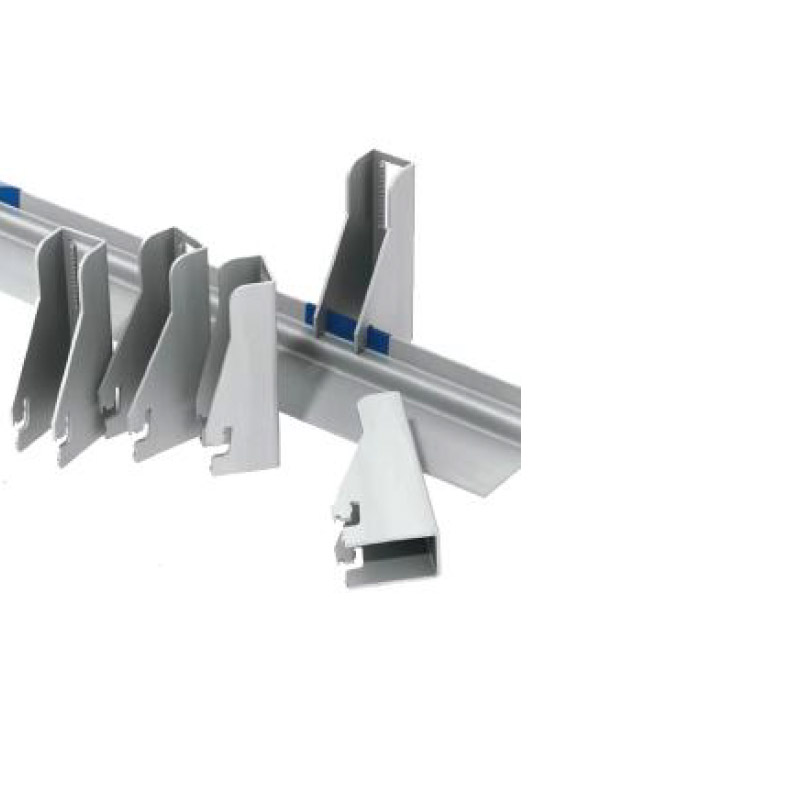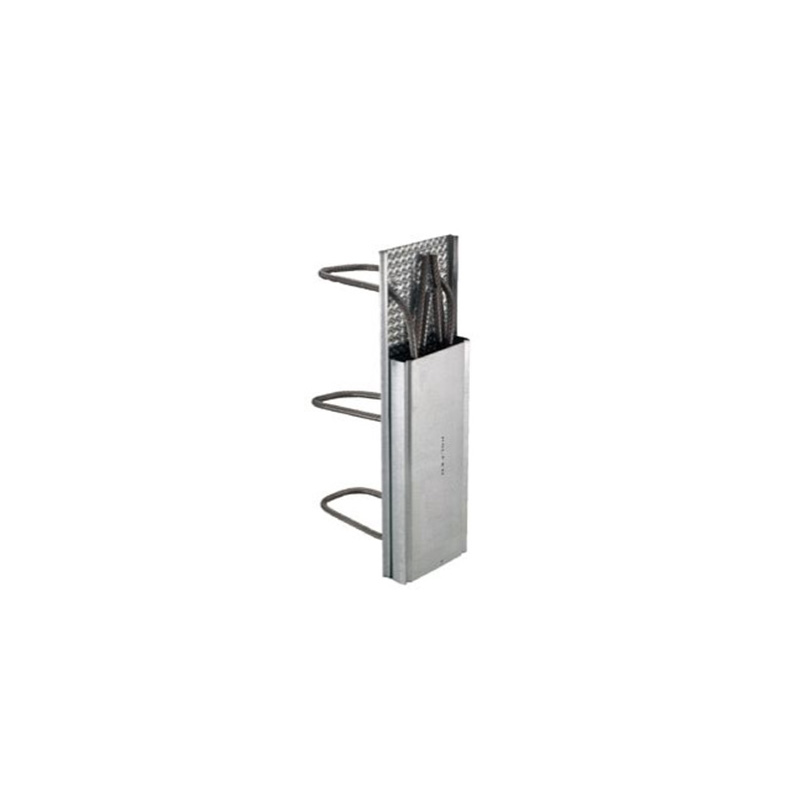nuevos productos
What Is A Masonry Support?
Masonry support is a crucial element in the construction and structural integrity of buildings that utilize masonry materials such as brick, stone, or concrete blocks. Understanding what masonry support entails is essential for architects, engineers, and builders alike, as it plays a significant role in ensuring the longevity and stability of masonry structures.
At its core, masonry support refers to the systems and components that provide structural support to masonry walls and elements. This support is necessary because masonry, while strong in compression, is relatively weak in tension and shear. Therefore, proper support mechanisms must be in place to distribute loads effectively and prevent structural failure.
One of the primary forms of masonry support is the use of lintels. Lintels are horizontal supports placed above openings such as doors and windows. They bear the load of the masonry above the opening, transferring it to the adjacent walls. Lintels can be made from various materials, including steel, reinforced concrete, or stone, depending on the design requirements and the load they need to support.
Another critical aspect of masonry support is the use of corbels. Corbels are architectural features that project from a wall to support a structure above, such as a beam or a roof. They are often used in decorative applications but also serve a functional purpose by providing additional support to masonry elements. Corbelled arches, for example, are a traditional method of creating openings in masonry walls while maintaining structural integrity.
In addition to lintels and corbels, masonry support systems often include the use of steel reinforcements. Reinforced masonry combines the compressive strength of masonry with the tensile strength of steel, creating a composite material that can withstand various loads and stresses. This method is particularly beneficial in areas prone to seismic activity, where buildings must be designed to flex and absorb energy during an earthquake.
Masonry support also involves the consideration of load-bearing walls. Load-bearing walls are structural walls that support the weight of the roof, floors, and other elements of a building. These walls must be designed and constructed with appropriate materials and techniques to ensure they can handle the loads imposed upon them. The placement of these walls is critical, as they must align with the overall structural framework of the building.
Moreover, proper detailing and construction practices are essential for effective masonry support. This includes ensuring that mortar joints are adequately filled, that there is proper bonding between masonry units, and that any reinforcement is correctly placed. Poor construction practices can lead to issues such as cracking, settling, and ultimately, structural failure.
Masonry support is a vital component of masonry construction that encompasses various systems and techniques designed to ensure the stability and durability of masonry structures. From lintels and corbels to reinforced masonry and load-bearing walls, each element plays a significant role in distributing loads and maintaining the integrity of the building. Understanding the principles of masonry support is essential for anyone involved in the design and construction of masonry structures, as it directly impacts the safety and longevity of the built environment. As construction practices continue to evolve, the importance of effective masonry support remains a fundamental aspect of architectural and engineering design.
What Is Masonry Protection?
Masonry structures, known for their durability and aesthetic appeal, are a common choice in both residential and commercial construction. However, like any other building material, masonry is susceptible to various environmental factors that can compromise its integrity over time. This is where masonry protection comes into play, ensuring that these structures remain strong and visually appealing for years to come. In this article, we will explore what masonry protection entails and how masonry support systems contribute to the longevity of masonry structures.
Masonry protection refers to a range of techniques and materials used to safeguard masonry from damage caused by weather, moisture, and other environmental factors. The primary goal of masonry protection is to prevent water infiltration, which can lead to issues such as efflorescence, mold growth, and structural deterioration. Effective masonry protection not only enhances the lifespan of the structure but also maintains its aesthetic value.
One of the most common forms of masonry protection is the application of sealants and water repellents. These products create a barrier on the surface of the masonry, preventing water from penetrating while allowing moisture vapor to escape. This is crucial because trapped moisture can lead to freeze-thaw cycles, which can cause cracking and spalling in the masonry.
In addition to sealants, proper drainage systems are essential for masonry protection. Ensuring that water is directed away from the structure through gutters, downspouts, and grading can significantly reduce the risk of water damage. Furthermore, regular maintenance, such as cleaning and repointing mortar joints, is vital to preserving the integrity of masonry.
Masonry support systems play a critical role in the overall protection of masonry structures. These systems are designed to provide structural stability and support, ensuring that the masonry can withstand various loads and environmental stresses. Properly designed masonry support not only enhances the structural integrity of the building but also contributes to its protection against potential damage.
One common type of masonry support is the use of lintels, which are horizontal supports placed above openings such as doors and windows. Lintels help distribute the weight of the masonry above these openings, preventing cracking and sagging. Additionally, corbels and brackets can be used to provide support for projecting masonry elements, such as balconies or overhangs, further enhancing the stability of the structure.
Another important aspect of masonry support is the use of reinforcement materials, such as steel bars or mesh, which can be integrated into the masonry during construction. This reinforcement helps to improve the tensile strength of the masonry, making it more resistant to cracking and other forms of damage.
Masonry protection is an essential aspect of maintaining the integrity and longevity of masonry structures. By implementing effective protection measures, such as sealants, drainage systems, and regular maintenance, property owners can safeguard their investments against the damaging effects of moisture and environmental stressors. Additionally, masonry support systems play a vital role in ensuring the structural stability of these buildings, further enhancing their resilience. By understanding the importance of both masonry protection and support, we can ensure that our masonry structures remain beautiful and functional for generations to come.

























